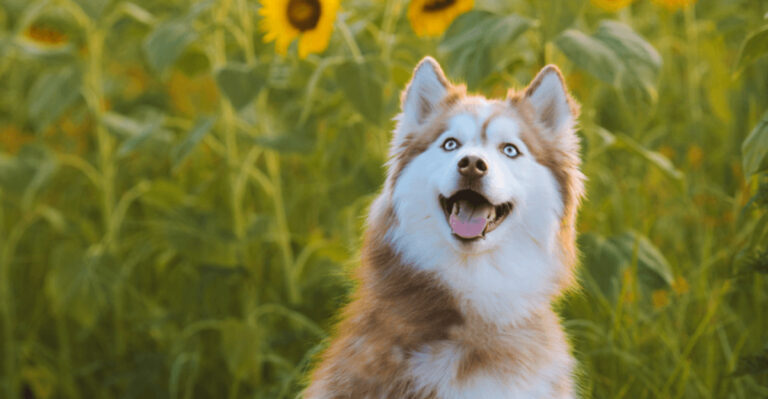10 Incredible Wild Animals You Can Spot In U.S. National Parks (And 5 You’ll Likely Never See)
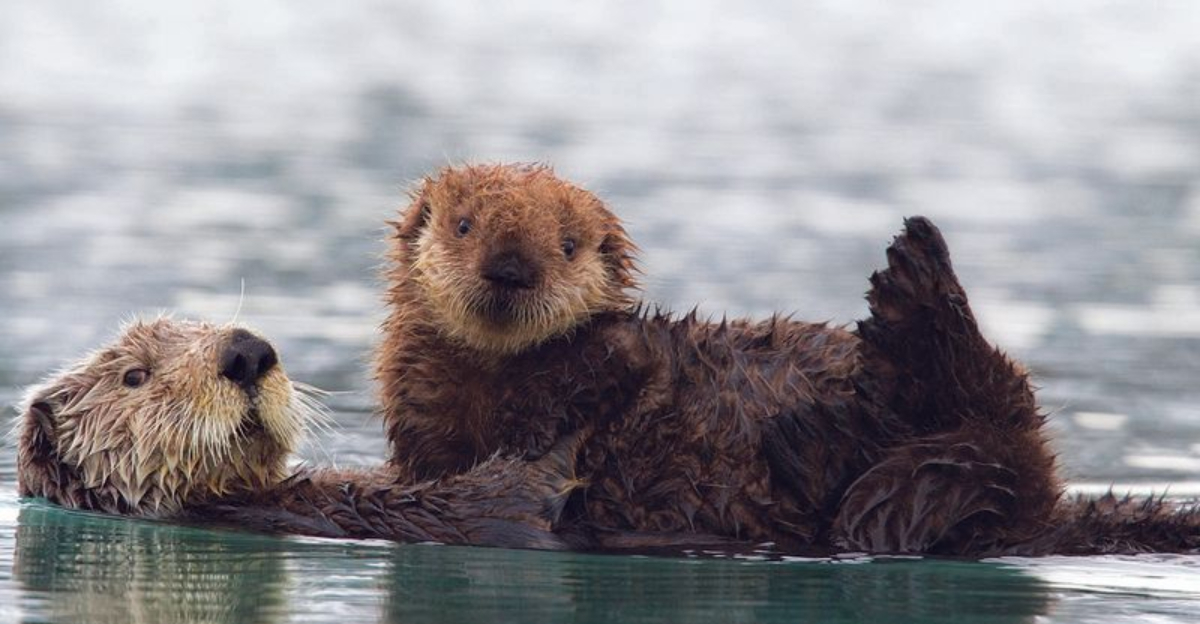
America’s national parks are wild havens where visitors can witness nature’s most magnificent creatures in their natural habitats.
While some animals are relatively common sights on park trails, others remain hidden mysteries that even the most dedicated wildlife enthusiasts rarely glimpse.
1. Grizzly Bears In Yellowstone
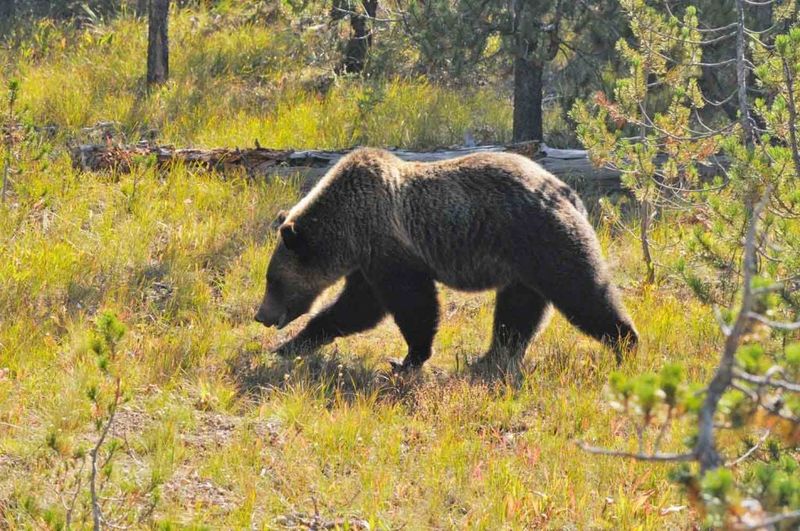
These massive brown bears create unforgettable moments for lucky park visitors. Standing up to 8 feet tall on hind legs, grizzlies command respect throughout Yellowstone and Grand Teton.
Dawn and dusk offer the best viewing opportunities in Lamar Valley or Hayden Valley. Just remember to maintain a safe distance of at least 100 yards and carry bear spray when hiking in bear country.
2. Bison Herds Roaming The Plains
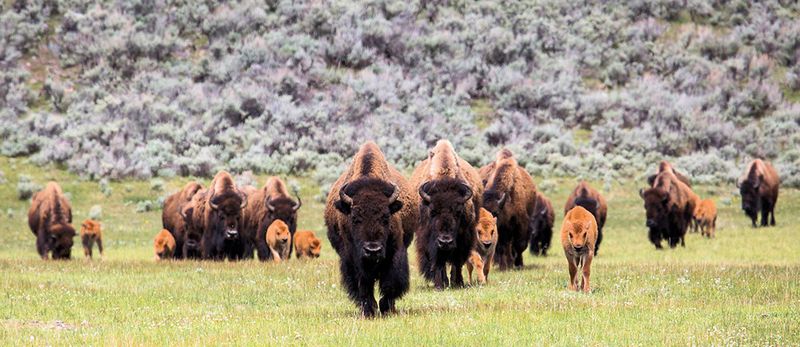
America’s national mammal once faced extinction but now thrives in places like Yellowstone and Theodore Roosevelt National Park. Weighing up to 2,000 pounds, these shaggy giants create spectacular scenes when gathered in herds.
During summer rut season, males battle dramatically for mating rights. Despite their peaceful appearance, bison can charge at 35 mph, so always maintain the recommended 25-yard minimum distance.
3. Roosevelt Elk At Olympic
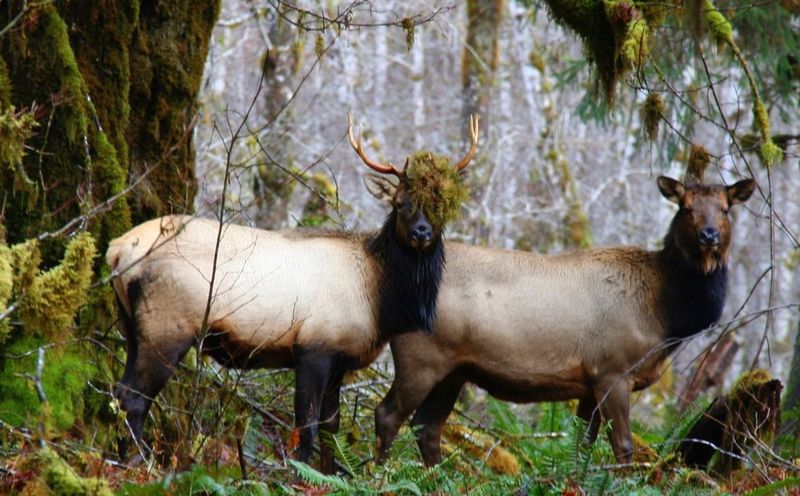
Named after President Theodore Roosevelt, these magnificent creatures are the largest subspecies of elk in North America. Males sport impressive antler racks that can span five feet across and weigh up to 40 pounds!
Olympic National Park’s Hoh Rain Forest and coastal meadows provide perfect viewing opportunities. Fall brings the dramatic rutting season when bulls bugle hauntingly across valleys and compete fiercely for female attention.
4. Mountain Goats Defying Gravity

Masters of impossible terrain, mountain goats navigate sheer cliff faces that would terrify human climbers. Their specialized hooves feature soft inner pads for grip and hard outer edges for digging into rock.
Glacier National Park offers excellent viewing opportunities along the Hidden Lake Trail. Spotting these white-coated climbers against rocky backdrops requires patience and binoculars, but witnessing their casual defiance of gravity makes the effort worthwhile.
5. Alligators Patrolling The Everglades
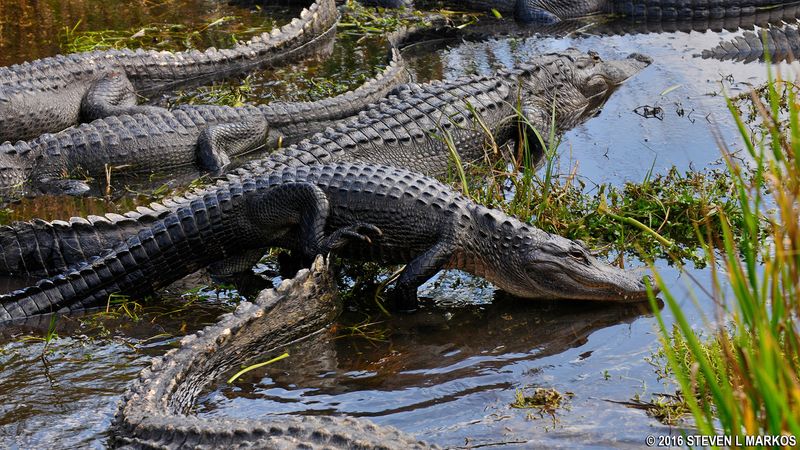
Prehistoric-looking and perfectly adapted, alligators have ruled the Everglades for millions of years. During winter dry seasons, they gather at water holes in impressive numbers, sometimes with dozens visible from a single viewing platform.
Anhinga Trail offers nearly guaranteed sightings year-round. These ancient reptiles may appear lazy while sunning themselves, but can explode into action at 30 mph when motivated – a sobering reminder to keep your distance.
6. Gray Wolves In Yellowstone’s Wilderness
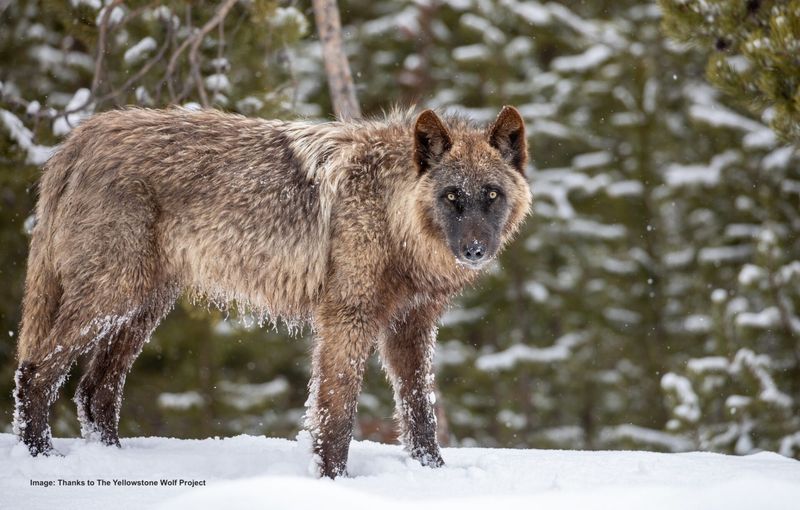
Reintroduced in 1995 after being hunted to local extinction, Yellowstone’s wolves represent one of conservation’s greatest comeback stories. Pack dynamics fascinate observers as alpha pairs lead hunting parties across the landscape.
Lamar Valley, nicknamed “America’s Serengeti,” offers the best wolf-watching opportunities. Winter enhances visibility against snow, though spotting scope rentals prove essential for most sightings since wolves typically maintain distance from humans.
7. Moose Wading Through Denali

North America’s largest deer species creates memorable encounters throughout Alaska’s wilderness. Bulls grow antlers spanning six feet across, while both sexes stand taller than most horses at the shoulder.
Denali National Park’s Wonder Lake area offers prime viewing opportunities. These massive browsers frequently wade into lakes to feast on aquatic plants, creating perfect photo opportunities with mountains reflected in the water.
8. Bighorn Sheep Battling On Cliffs
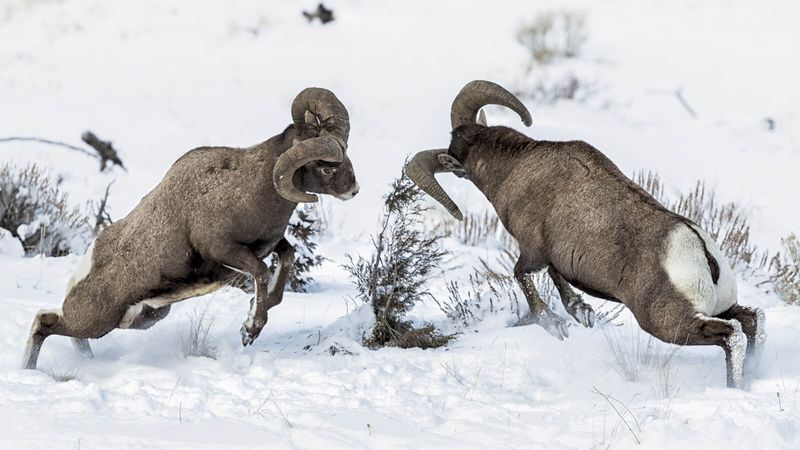
Famous for spectacular head-butting contests during mating season, bighorn rams crash together at speeds reaching 20 mph. The thunderous crack of impact can echo through canyons, yet their specialized skull structure prevents brain damage.
Rocky Mountain National Park’s Sheep Lakes area offers reliable viewing opportunities. Fall brings the most dramatic encounters when males establish dominance, though females and lambs can be spotted year-round navigating seemingly impossible slopes.
9. Sea Otters Floating Off Channel Islands
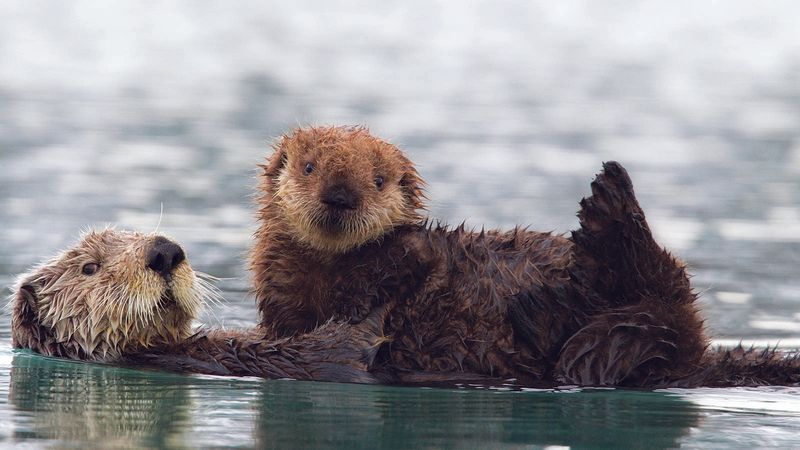
These marine mammals win hearts with their playful behavior and habit of floating on their backs while using their bellies as dinner tables. Unlike other marine mammals, sea otters lack blubber, relying instead on incredibly dense fur for warmth.
Channel Islands National Park offers kayaking opportunities to observe these charismatic creatures. Watch for otters wrapping themselves in kelp while sleeping to avoid drifting away with currents – an adorable adaptation to their marine lifestyle.
10. Mountain Lions Stalking The Shadows
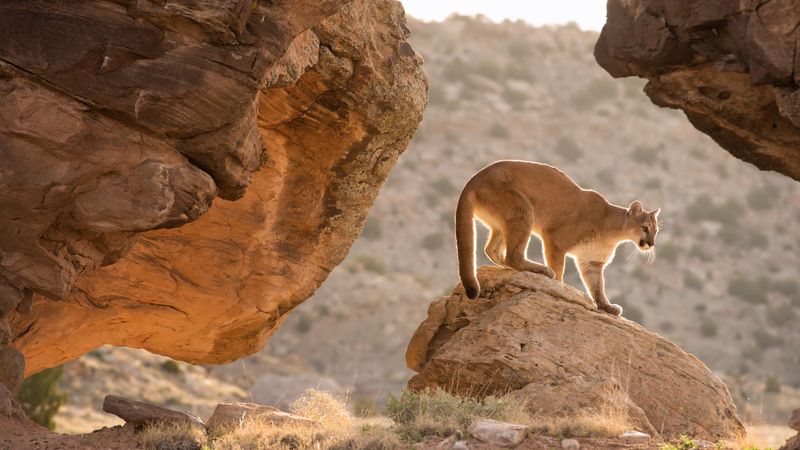
America’s most widespread big cat remains one of its most elusive. Despite populations throughout western parks, few visitors ever glimpse these stealthy predators that prefer to hunt at dawn and dusk.
Zion and Yosemite hold healthy populations, though most evidence comes from tracks or trail cameras rather than sightings. These solitary hunters can leap 40 feet horizontally and 15 feet vertically, making them perfectly adapted to ambush hunting in varied terrain.
11. Jaguars Of The Borderlands
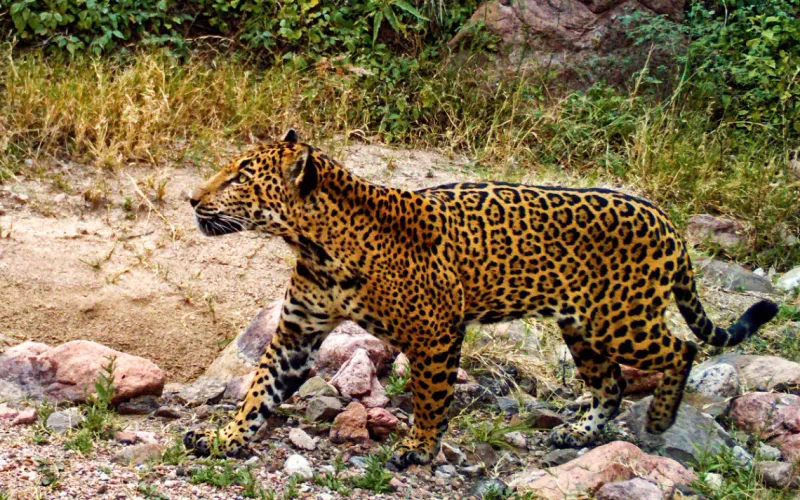
North America’s largest and most powerful cat occasionally ventures into southern Arizona’s wilderness areas. Once ranging throughout the Southwest, these spotted predators now primarily inhabit Mexico, making U.S. sightings extraordinarily rare.
Organ Pipe Cactus National Monument occasionally records jaguar presence. Camera traps provide most documentation, as these masterful hunters move primarily at night. Their incredible bite force allows them to pierce turtle shells and crocodile skulls – unique among cats.
12. Florida Panthers Hiding In Plain Sight
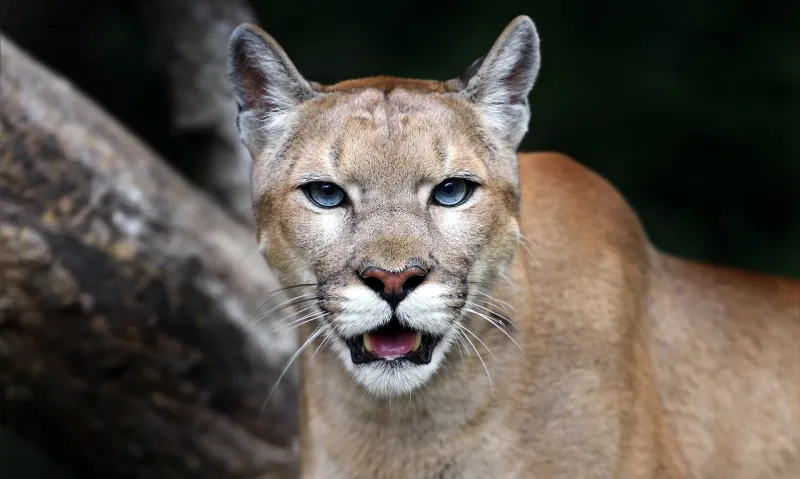
With fewer than 200 remaining, the Florida panther represents one of America’s most endangered mammals. These tawny cats require vast territories, making even Everglades National Park barely sufficient for sustainable populations.
Florida Panther National Wildlife Refuge adjoins the park, creating crucial habitat. Trail cameras capture most evidence of these secretive cats. Dawn hiking along Jane’s Scenic Drive occasionally yields tracks, though actual sightings remain lifetime achievements for even dedicated wildlife enthusiasts.
13. Red Wolves On The Brink
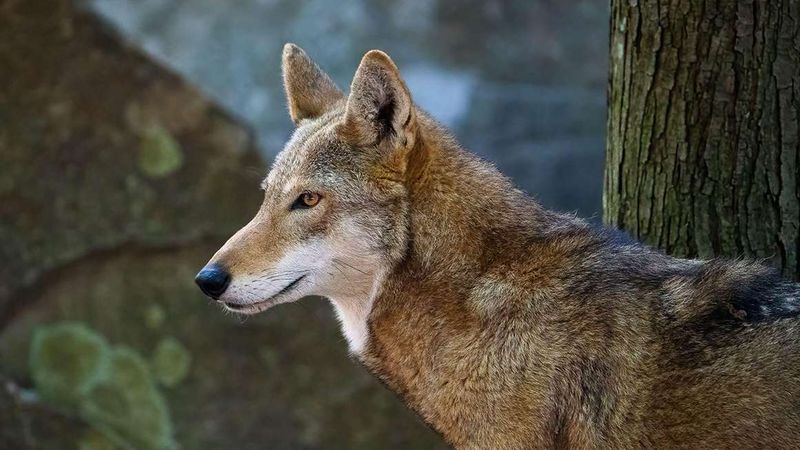
Once declared extinct in the wild, red wolves now maintain a tenuous existence in North Carolina’s Alligator River National Wildlife Refuge near Great Smoky Mountains National Park. Smaller than gray wolves but larger than coyotes, these russet predators remain critically endangered.
Conservation efforts include captive breeding programs and managed releases. Even dedicated wolf-watchers rarely glimpse these shy canids. Their haunting howls occasionally pierce the night, offering auditory evidence of their continued struggle for survival.
14. Wolverines: The Mountain Phantoms

Despite their small size – typically under 40 pounds – wolverines maintain legendary status among wildlife enthusiasts for their strength and rarity. These muscular members of the weasel family can bring down prey ten times their size.
Glacier and North Cascades National Parks harbor small populations. Requiring vast territories and preferring remote high-elevation snowfields, wolverines remain among the least-studied carnivores. Most park biologists work entire careers without field sightings despite dedicated research efforts.
15. Ocelots In The Borderland Brush
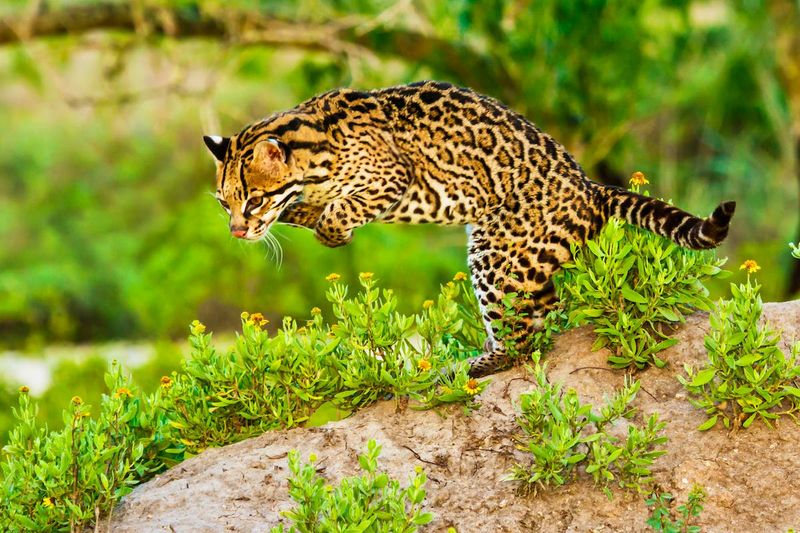
With fewer than 50 remaining in the United States, ocelots represent living ghosts in the borderlands. These exquisitely marked cats persist in small pockets of dense thornscrub habitat near Laguna Atascosa National Wildlife Refuge, adjacent to Padre Island National Seashore.
Almost all documentation comes from motion-triggered cameras hidden along game trails. Their remarkable camouflage and nocturnal habits make them virtually invisible even to researchers who dedicate careers to their study and conservation.






